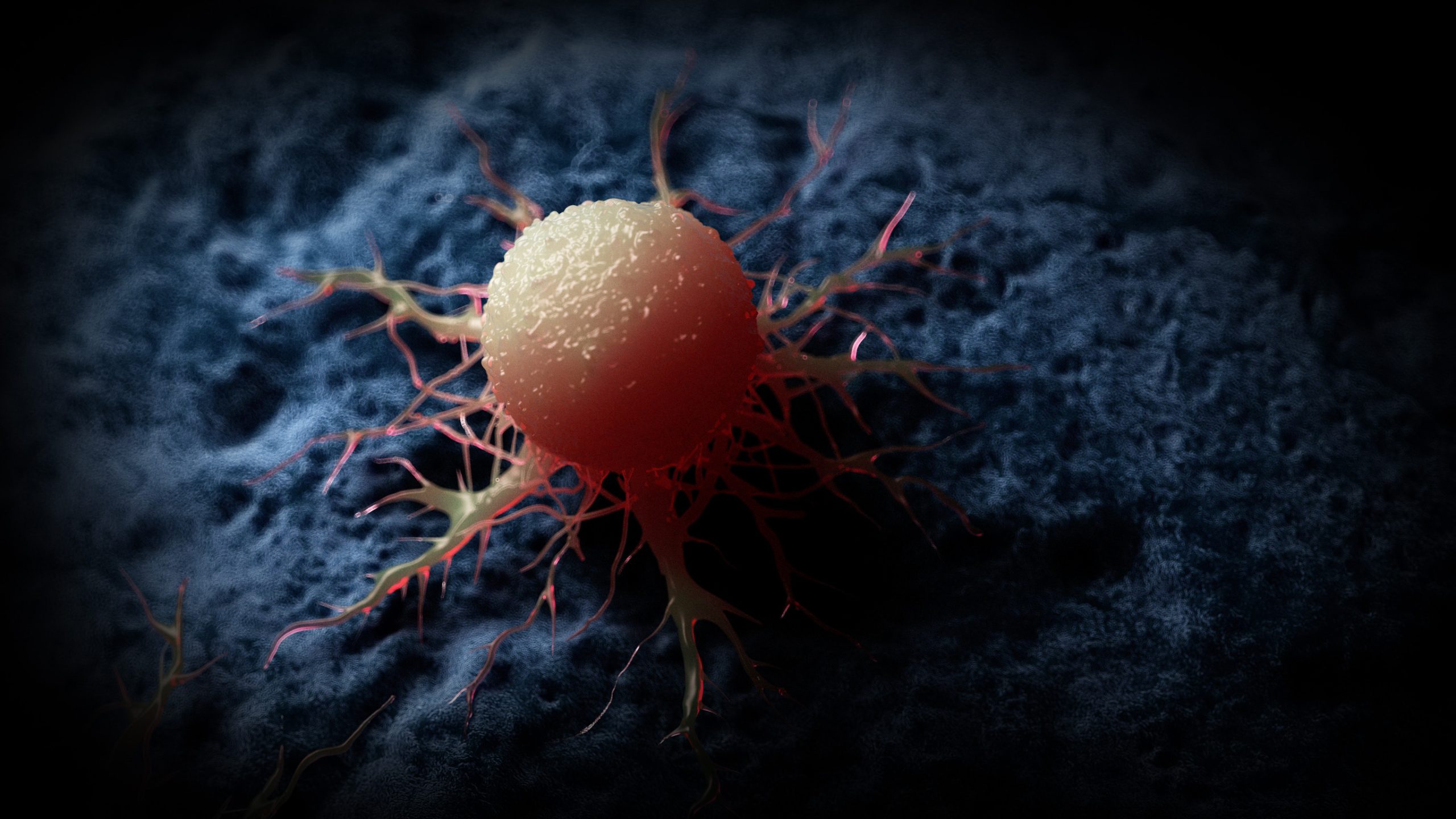High up in the mountain ranges of Nepal, a bit south of Kathmandu, doctors at the Anandaban leprosy hospital are trialing a new treatment for skin wounds that could be revolutionary for millions of patients around the world.
The study, which is led by the University of Birmingham and funded by the National Institute for Health Research, was carried out over a year and involved 130 adults with leprosy ulcers.
What is leprosy?
Leprosy is a chronic infectious disease that is caused by a bacterium that leads to severe and disfiguring skin sores that do not heal on their own, and currently, Nepal has 3,200 new diagnoses each year.
Leprosy is a curable disease but unfortunately, there is still a lot of stigma and mythology linked to it, which means that “Nepalese people may hide early symptoms due to stigma based on cultural perceptions that leprosy is a punishment for former life transgressions,” reads the trial’s research protocol.
“If left untreated, leprosy causes nerve damage,” explains Indra Napit, a senior surgeon at the Leprosy Mission’s Anandaban hospital. “As a result, people affected by leprosy have frequent hospital stays to cure ulcers, which can take many months or even years to heal,” he adds.
How does the new leprosy treatment work?
According to project lead Professor Richard Lilford from Birmingham university, the new intervention is can be thought of as a scab forming to cover a wound on a child’s knee.
“You might remember as a child grazing your knee and a scab forming. When the scab came off a few days later—bingo! The skin underneath had miraculously healed,” he says. His team developed the idea for the treatment with the idea that substances in the scab promoted healing and wanted to test this idea on individuals affected by leprosy ulcers.
“Using the patient’s blood, my colleagues at Anandaban hospital in Kathmandu make a kind of artificial scab which is used to dress the ulcer. This has been widely used but never properly evaluated.”
The patient’s blood cells are then used to make a membrane in gel strips known as L-PRF. This can imitate the body’s natural healing process.
Napit has said that with the implementation of L-PRF at the hospital, he has witnessed faster healing times. “L-PRF can be life-changing for leprosy patients, as it means they can return to their families and jobs if they are blessed to have them.”
Source study: Research at Birmingham – An individual randomized efficacy trial of autologous blood products, leukocyte and platelet-rich fibrin (L-PRF), to promote ulcer healing in leprosy in Nepal










